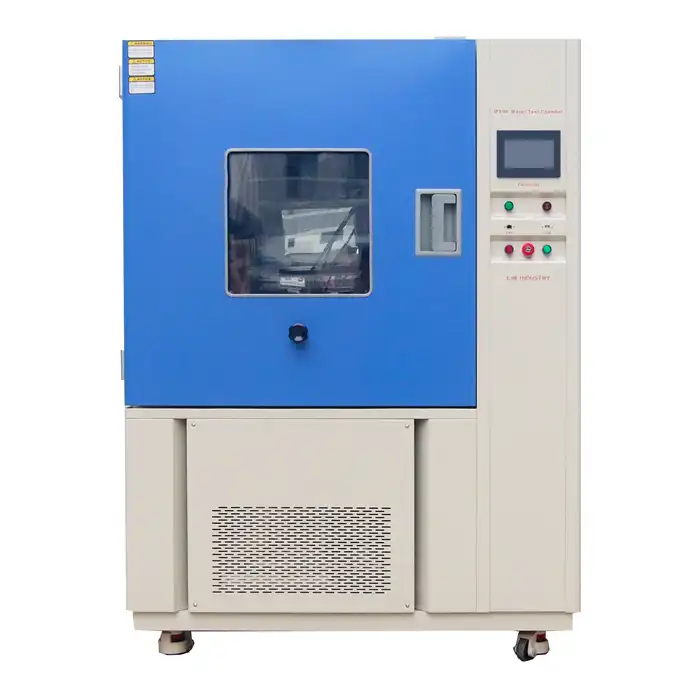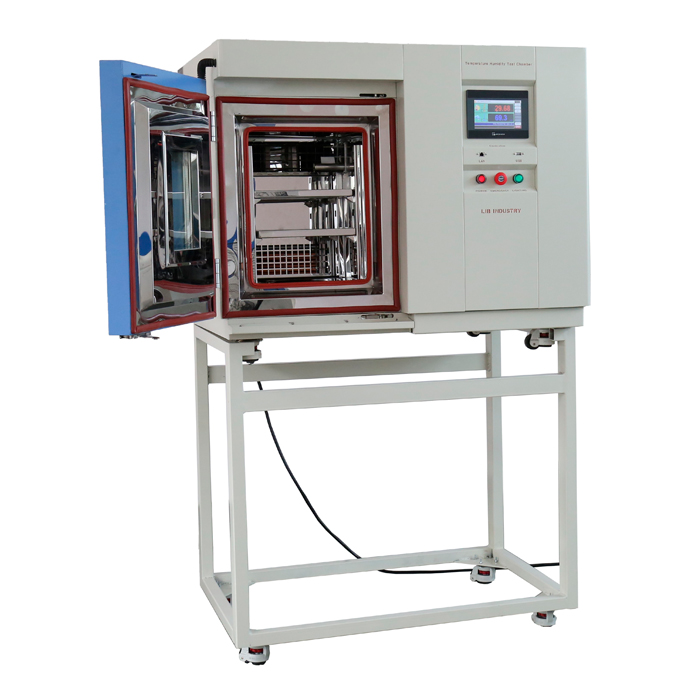What are the requirements for an environmental chamber?
When selecting an environmental chamber, especially a benchtop environmental chamber, it’s essential to understand the various requirements that can affect its performance and suitability for your specific applications. These chambers are crucial in testing and ensuring the durability and reliability of products under various environmental conditions. Whether you’re a manufacturer, researcher, or engineer, knowing the key requirements can help you make informed decisions. Let’s explore the main considerations when choosing an environmental chamber.
Temperature and Humidity Control: Precision is Key
One of the most critical requirements for an environmental chamber is its ability to precisely control temperature and humidity. Depending on the nature of your tests, you may need to simulate extreme conditions—ranging from freezing cold to sweltering heat. The chamber should offer a broad temperature range and the ability to control humidity levels accurately. This is especially important for sensitive materials and electronics that could be adversely affected by slight variations in environmental conditions.
For instance, a benchtop environmental chamber should be able to maintain stable conditions for prolonged periods, ensuring that your tests are consistent and reliable. When considering temperature control, look for features like:
- Rapid Temperature Cycling: The ability to rapidly cycle between different temperatures is invaluable for testing product durability under fluctuating conditions. This feature is particularly useful for thermal shock testing, where products are exposed to sudden temperature changes to assess their ability to withstand thermal stress.
- Uniformity: Uniformity refers to the chamber’s ability to maintain consistent temperature and humidity levels throughout its interior. A high level of uniformity ensures that all parts of the test sample are subjected to the same conditions, which is crucial for producing reliable and repeatable results.
- Recovery Time: After the chamber door is opened—either to adjust the test setup or inspect the sample—the chamber should quickly return to the set temperature and humidity levels. Fast recovery times minimize the impact of these interruptions on the test results.
Size and Capacity: Matching the Chamber to Your Needs
The size and capacity of an environmental chamber are also essential considerations. Benchtop environmental chambers are typically designed for smaller-scale testing, making them ideal for laboratories or situations where space is limited. However, even within this category, there are variations in capacity that need to be matched with your testing requirements.
- Internal Dimensions: The internal dimensions of an environmental chamber dictate how much space you have for your test samples. Adequate internal space is essential to ensure that your samples are not crowded, which can affect airflow, temperature distribution, and humidity levels within the chamber. Proper spacing allows for uniform environmental conditions and prevents interference with the accuracy of your tests.
- External Dimensions: The external dimensions of the chamber are equally important, particularly in terms of fitting the chamber into your available workspace. While benchtop chambers are designed to be compact, they still require adequate space for operation and maintenance.
- Capacity: The capacity of an environmental chamber encompasses both its volume and weight limits. This aspect is particularly important if you plan to test heavy or bulky items. Adequate capacity ensures that the chamber can handle your samples without strain, which can affect its performance and longevity.
When selecting a benchtop chamber, ensure that it has enough capacity to handle your current and future testing needs without taking up more space than necessary.
Compliance and Calibration: Meeting Industry Standards
Another crucial requirement for a benchtop environmental chamber is its compliance with industry standards and its ability to be calibrated to those standards. This ensures that the chamber can deliver accurate and repeatable results, which is essential for validating product quality and meeting regulatory requirements.
- Industry Standards: Industry standards serve as benchmarks for the performance and safety of environmental chambers. Look for chambers that comply with standards such as IEC, MIL-STD, or ASTM, depending on your industry. This compliance is a strong indicator that the chamber is built to deliver reliable and consistent results.
- Calibration: Regular calibration is essential for ensuring that your environmental chamber maintains its accuracy and consistency throughout its operational life. Calibration involves adjusting the chamber to align with known standards or reference points, ensuring that it accurately reflects the environmental conditions it is supposed to simulate.
- Documentation: Proper documentation is an important aspect of managing an environmental chamber, especially when it comes to compliance and audits. Documentation provides a record of the chamber’s performance, calibration history, and maintenance activities, which are often required for regulatory inspections or internal quality control.
- Data Logging Capabilities: In addition to compliance and calibration, data logging capabilities can significantly enhance the functionality of an environmental chamber. Data logging allows you to track and record environmental conditions over time, providing valuable insights for test analysis and reporting.
Conclusion
Selecting the right benchtop environmental chamber requires a thorough understanding of the specific requirements that will impact your testing processes. From precise temperature and humidity control to the appropriate size and capacity, each factor plays a critical role in ensuring that the chamber meets your needs. Compliance with industry standards and the ability to calibrate the chamber are also essential for maintaining accuracy and reliability.
By carefully considering these requirements, you can choose an environmental chamber that not only meets your current needs but also supports your long-term testing objectives. If you’re interested in learning more about benchtop environmental chambers or require guidance on selecting the right model, feel free to contact us at info@libtestchamber.com.
References
1. "Environmental Test Chambers: Fundamentals and Applications," Testing & Analysis Journal, 2023.
2. "Temperature Control in Environmental Chambers: Best Practices," Journal of Testing and Evaluation, 2022.
3. "Understanding Humidity Control in Environmental Chambers," Laboratory Equipment Review, 2023.
4. "Size and Capacity Considerations for Environmental Chambers," Industrial Testing Magazine, 2023.
5. "Compliance and Calibration for Environmental Chambers," Standards and Testing Bulletin, 2023.
6. "Data Logging and Documentation in Environmental Testing," Test Engineering Review, 2023.



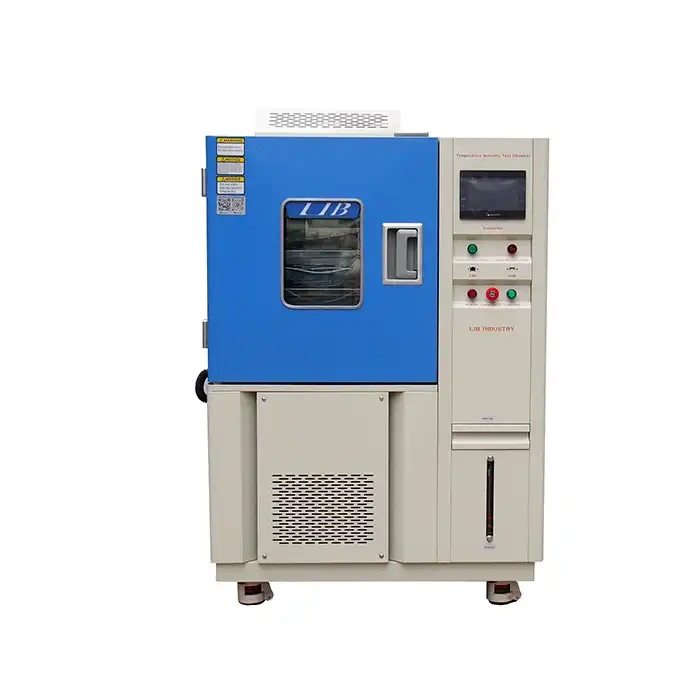
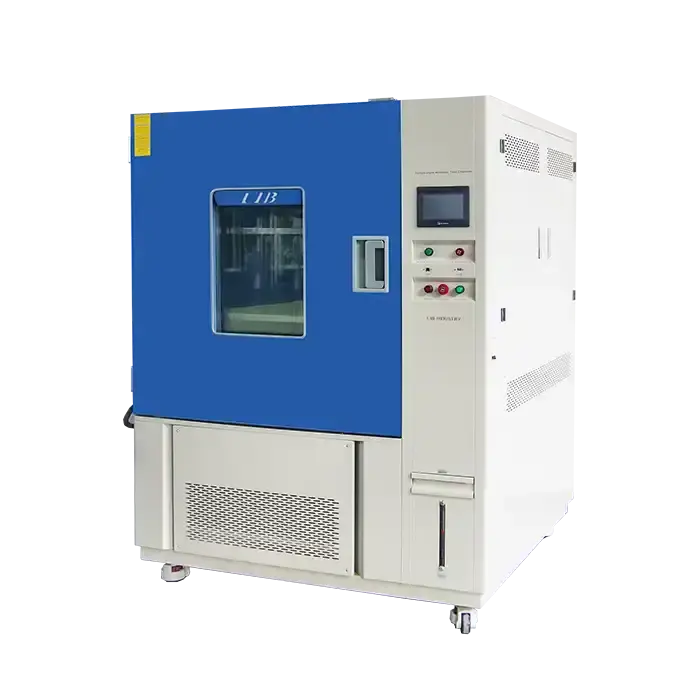
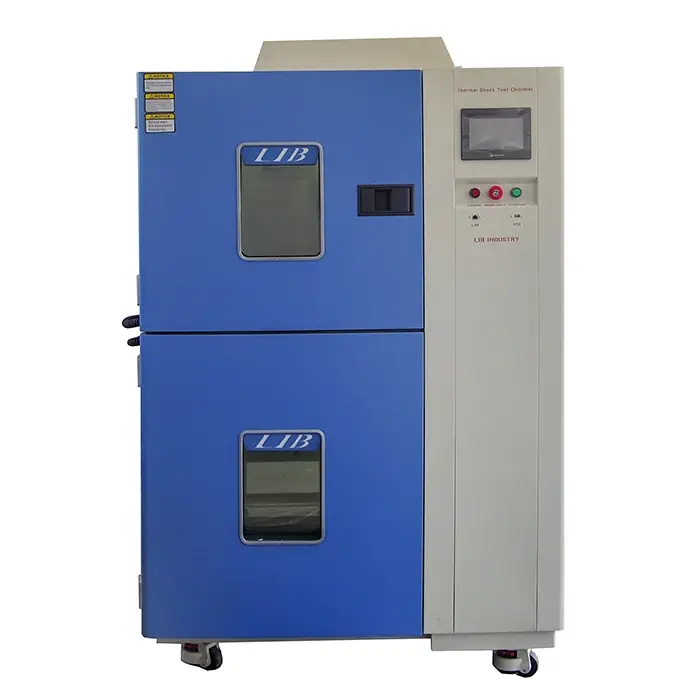
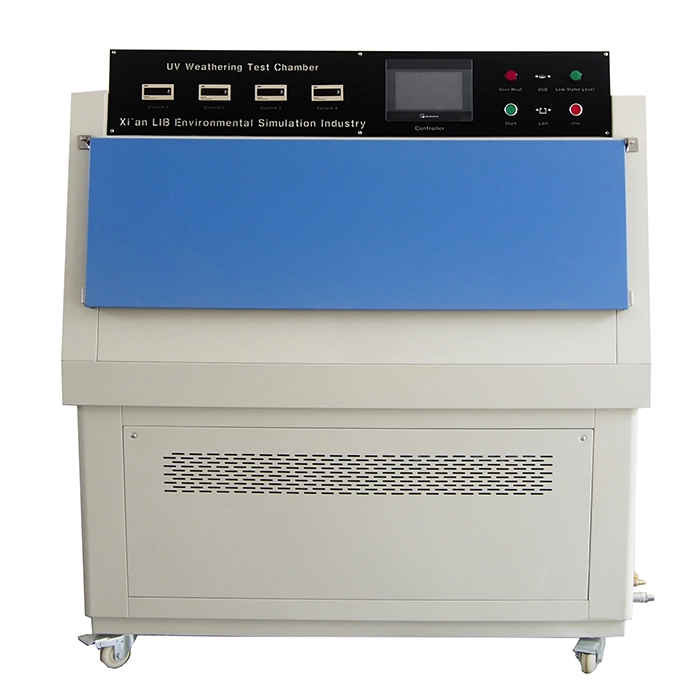
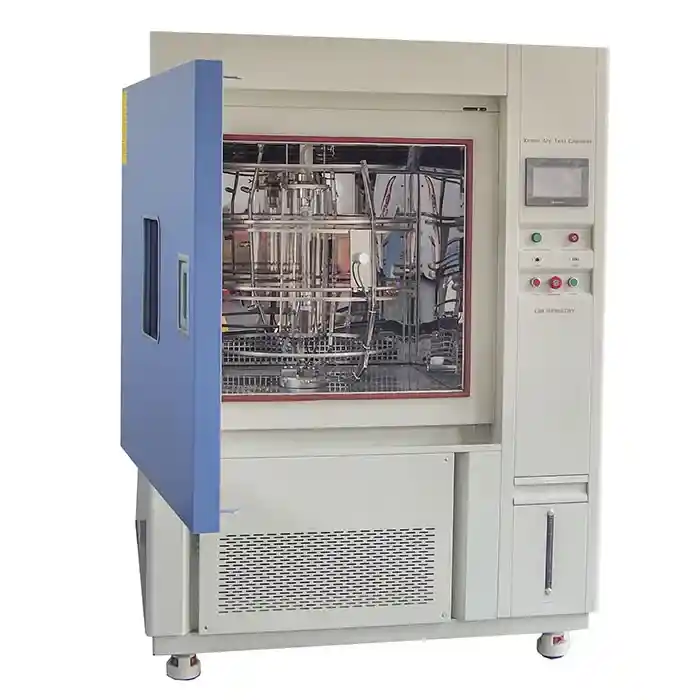
.webp)
